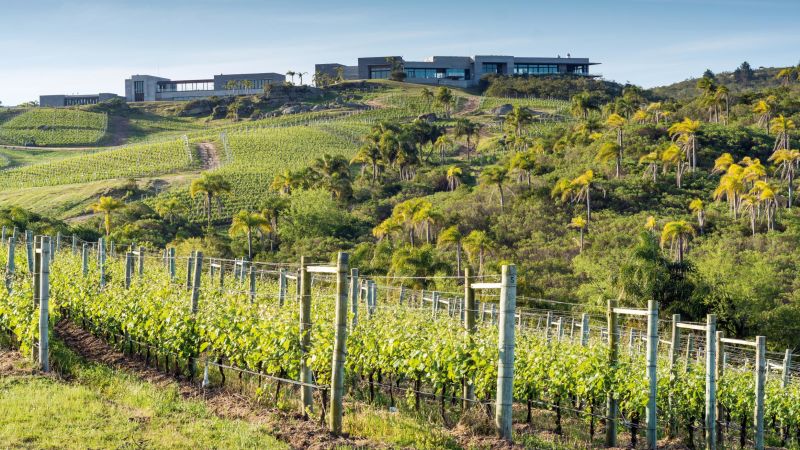Terraced vines and spindly olive trees form a patchwork quilt over gently rolling hills, which are themselves covered by a maze of powdery dirt roads. Follow one of these bumpy paths far enough and you’ll find an olive oil mill, a farm-to-table restaurant and a hilltop winery.
In fact, if you squint a bit, this place could pass for the famed Italian wine region of Tuscany – that is, if you can overlook the wild capybaras (the world’s largest rodents) and ostrich-like rheas running through the vines. These creatures, of course, are telltale signs you’re in a totally different hemisphere on a completely different continent: South America.
It’s not that South American wines aren’t well known. When experts in California, France or Italy discuss fine wines from South America they typically reference two countries: Chile and Argentina.
Chile revived the lost French grape of Carménère and with it, fashioned Bordeaux blends that now rival those from the Old World. Meanwhile, Argentina spearheaded a global craze for Malbec that gave the varietal a permanent home on wine shelves the planet over.
Yet, there’s another player that’s slowly built up momentum in recent years, thanks, in no small part, to a pioneering new winery that’s experimenting with grape varietals and dismantling regional stereotypes.
The country is Uruguay, and the winery is Bodega Garzón.
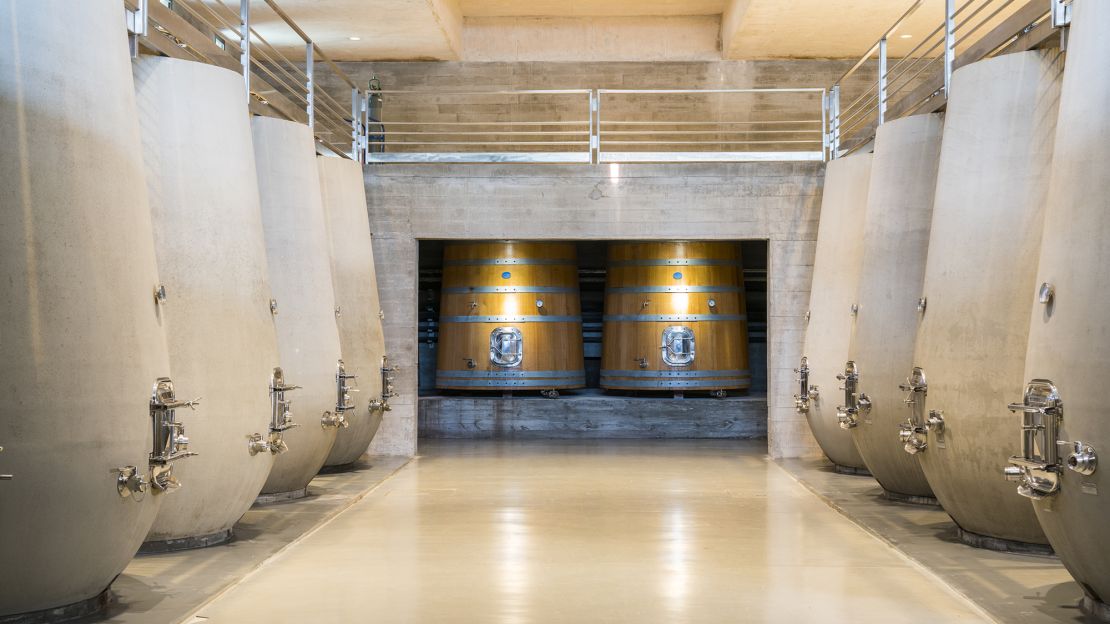
Garzón lies inland from the fashionable beach town of José Ignacio, about three hours east of the capital Montevideo. The vines here are barely a decade old, but that hasn’t stopped Garzón from racking up an impressive list of accolades.
Wine Enthusiast Magazine named it New World Winery of the Year in 2018. The following year, it landed the No. 2 spot on the inaugural top 50 list from the World’s Best Vineyards Academy.
Suddenly, the world is beginning to give South America’s neglected stepchild a closer look.
Uruguay has a 150-year-long history of winemaking, but it’s always struggled to get the kind of attention that its neighbors have received for decades.
Size may play a part. South America’s second-smallest nation has historically had a wine industry that’s slight in scale, miniscule in exports and iffy on quality.
Bodega Garzón is out to change that – but it hasn’t always been easy.
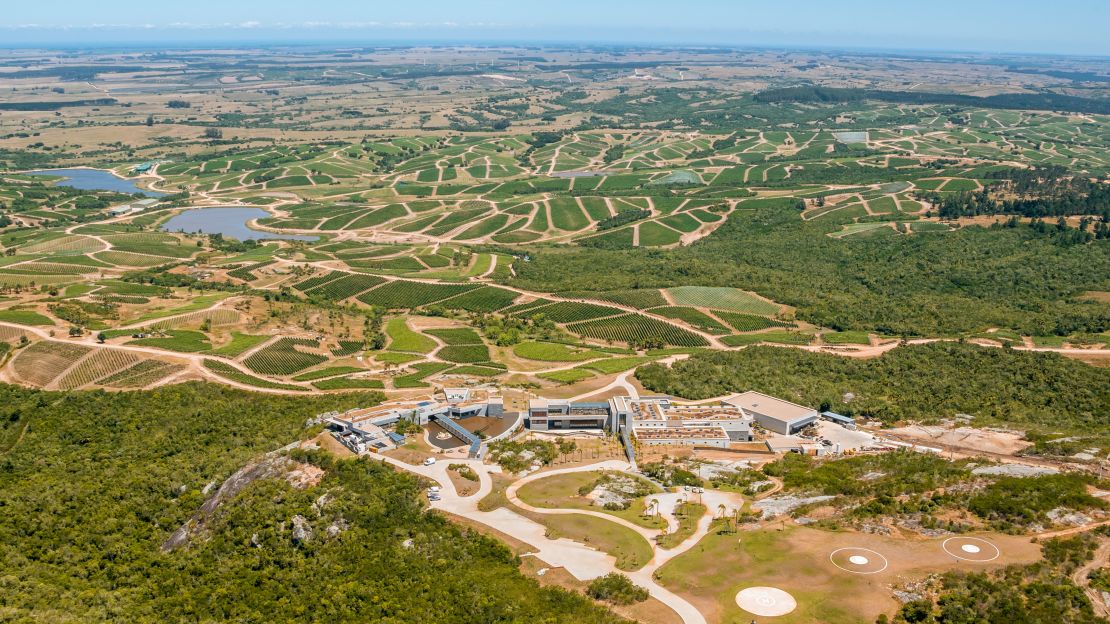
Christian Wylie, the winery’s managing director, says one of the biggest hurdles is its location: Many consumers don’t even know where Uruguay is. (Hint: it’s between Argentina and Brazil on South America’s Atlantic Coast.)
“When we have tastings of Garzón wine around the world, one of the first things we do is show them a map,” he says. “We explain that Uruguay is at the same latitude as wine regions in Chile, Australia, New Zealand and South Africa.”
In other words, the conditions are there to make great wine.
What makes Bodega Garzón so different from nearly every other winery in its own country is that it’s located just 11 miles (18 kilometers) from the Atlantic Ocean.
Not only that, it’s in an area that was, historically, little more than pasture for cows. (Uruguayans eat more beef, per capita, than any other country on Earth. Take that Argentina.)
Owner Alejandro Bulgheroni, a billionaire businessman from Argentina, planned to use this land for a wind farm thanks to its cool Atlantic breezes. His wife, Bettina, was concerned about the aesthetics (they have a house nearby) and convinced him to try grapes instead.
That’s why Bulgheroni hired the renowned Italian oenologist Alberto Antonini to survey the rolling granitic hills and assess if they might be suitable for vines.
Just over a decade later, the pair has almost single-handedly created a 524-acre wine region while inspiring a local movement in ocean-influenced wines.
Uruguay has about 22,250 acres (about 9,000 hectares) under vine.
Most vineyards face the River Plate in Canelones Department, “but I don’t believe that’s the best location,” says Antonini. “It’s just the closest to Montevideo, where the first European immigrants arrived.”
In Garzón, Antonini and Bulgheroni believe they’ve stumbled across a new frontier for South American wines.
And Bulgheroni still figured out a way to use wind power.
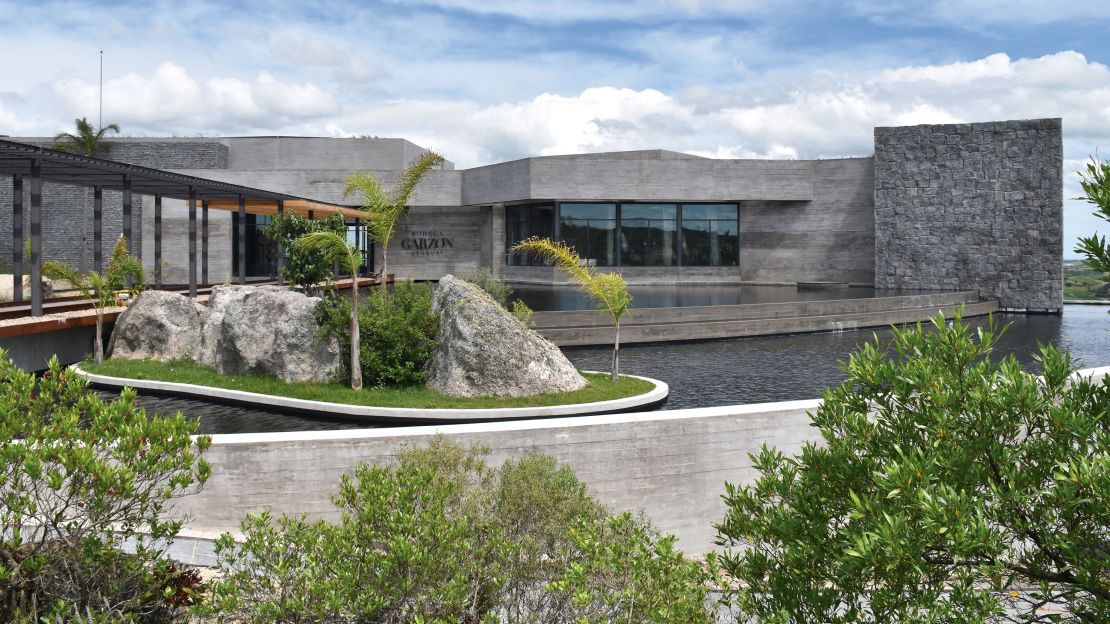
Although his renewable energy project here might never have materialized, he’s helped turn this place into the first winery in the world to achieve LEED silver certification for its entire facility, in part, thanks to the way it harnesses wind power. (Developed by the non-profit US Green Building Council, LEED assesses the potential environmental impacts and human benefits of a project.)
The winery’s sustainable design includes headline-making features such as the largest green roof with native species in Latin America. The structure, conceived by Mendoza-based architecture firm Bórmida & Yanzón, was also built into hills and over natural terraces to utilize a gravity flow system for the production of its wines.
Though the winery itself didn’t open until 2016, it now lures 20,000 visitors a year to the tiny town of Pueblo Garzón (population 200).
Most come for tours that dip underground into caves filled with barrels, steel tanks and concrete “eggs” (the ovular cement tanks that are suddenly all the rage with winemakers). You can also skirt past the abstract sculptural pieces of Uruguayan artist Pablo Atchugarry to tour the production line, which is capable of turning out 200,000 cases annually (though current production is around 110,000 cases).
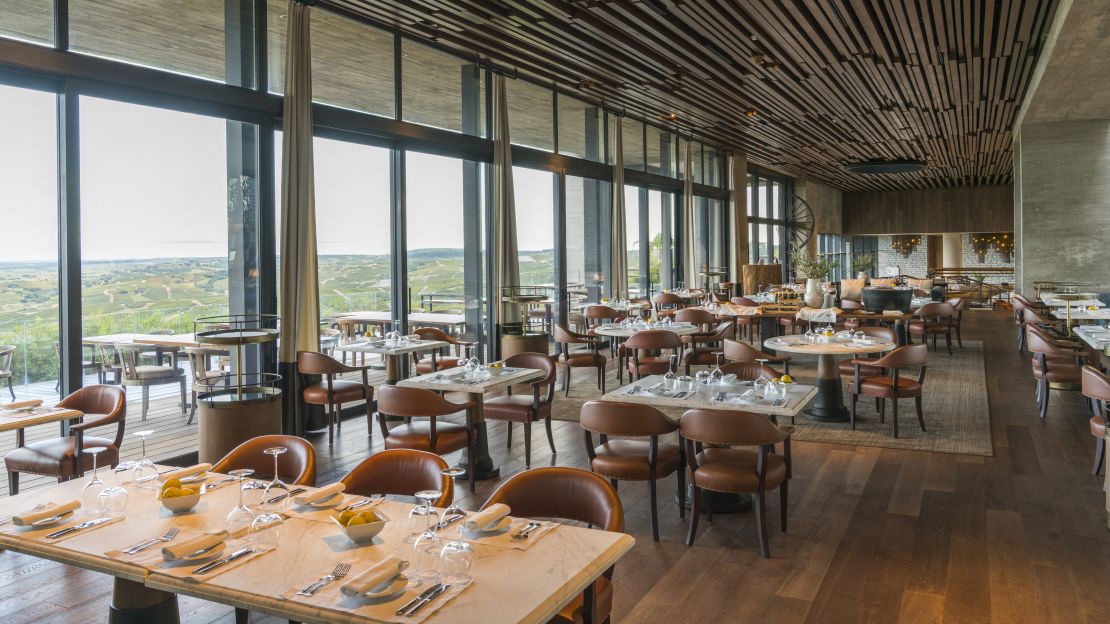
A posh private club, commercial olive oil mill and 120-seat restaurant led by celebrity chef Francis Mallmann (whose primal technique of open-fire cooking featured on the Netflix series “Chef’s Table”) keep visitors lingering far longer than they might expect.
Part of Bodega Garzón’s success in producing fine wine has been selecting varietals that will grow well in Uruguay’s hot and humid climate.
Tannat, a highly tannic red wine varietal from the south of France, was already Uruguay’s signature grape long before Garzón arrived on the scene. It was a given.
However, the Galician white wine varietal of Albariño has proved to be one of Garzón’s biggest surprises, winning awards for its freshness, minerality and round finish. The winery also gives the Bordeaux blending grape Cabernet Franc a starring turn as a single varietal, highlighting its soft tannins and peppery punch.
The icon wine, Balasto, is a blend of Tannat, Cabernet Frac, Merlot and Marselan. Its name is an homage to the weathered granite found in the soil at Garzón, which allows for drainage during the area’s wetter months and keeps the wines here lively, rather than heavy.
Balasto spends 20 months in untoasted French oak barrels and retails for around $100 in the US, reaching a price point few Uruguayan wines could demand a decade ago. It is, perhaps, the most obvious sign that Uruguay has finally broken-down historic barriers that have kept it from becoming a major player in the wine world.
It seems that you don’t need to be an adventurous drinker to try a bottle from Uruguay anymore.
Read the full article here


